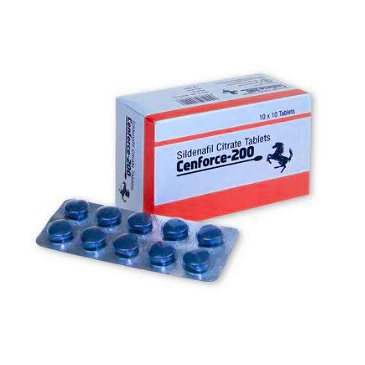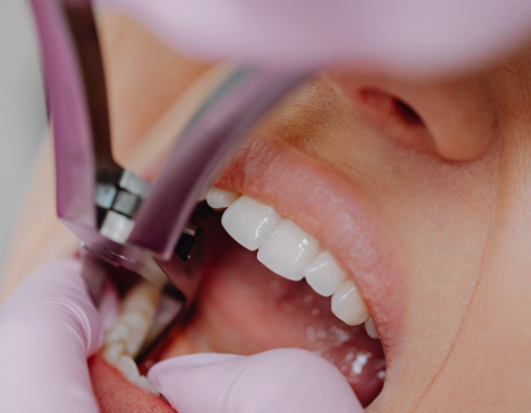Medical waste is defined as any credible infectious material produced at health care facilities like hospitals and medical laboratories. Medical waste can be harmful and aid in the spread of contagious diseases. To protect patients and employees, medical waste needs to be appropriately disposed of.
Naturally, there’s a considerable demand for hospital waste management. But only a few use the medical waste disposal methods that effectively deal with the heavy amount of medical waste. As a result, many medical facilities have tried to develop a proper waste disposal solution. Below are some of them.
Develop a plan for medical waste management.
Firstly, a plan should be developed to manage, regulate and properly dispose of medical waste. Second, share the goals of your project with the medical staff so that everyone is aware. Third, review your plan at least once a year for effective policy or process changes. Fourth, provide staff education and orientation periodically after that and when policy revisions are made.
Use small medical waste containers.
The use of big medical waste containers in all areas is not advisable. This is because one might easily mistake them for regular trash containers, which leads to the misuse of medical waste containers. Medical facilities should use smaller waste containers in some areas where it is required to avoid this issue. Also, red bag waste containers should be separated from solid waste collection containers. Staff may drop items in the wrong container when they are close to each other.
Color-code containers
Use color-coded containers to help ensure the appropriate separation of wastes. For example, use red containers for “red bag waste” and green containers for recycling.
Autoclaving
The process of autoclaving is the best waste disposal solution. It involves steam sterilization. Incineration can be expensive; autoclaving uses hot steam to destroy harmful micro-bodies for a certain amount of time.
Incineration and Microwaving
The benefits of incineration is that it is quick, easy, and simple. It removes the waste entirely and effectively eliminates any micro-organism. However, burning hazardous materials can be very dangerous. Therefore, one should be well equipped before engaging in such activity.On the other hand, microwaving is a better solution as it does not emit harmful gases.
During this process, waste is shredded up and mixed with water, heated to kill harmful micro-bodies and other harmful substances. One of the main benefits of this process is the shredding aspect; it lowers the volume of medical waste. In addition, it is reportedly more energy efficient to use this method than to incinerate. While it can’t be used for all medical wastes, it can be utilized for a good 80% of it, just like autoclaving.
Conclusion
Do periodic checks to see if medical waste is being disposed of correctly and that your plan is being followed. Share your observations with staff and provide retraining, if necessary.
In essence, diseases and infections caused by poorly disposed of medical waste can be narrowed down by applying the best waste disposal solution and techniques.




